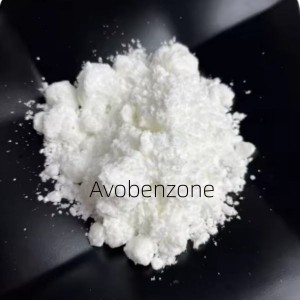Butylated Hydroxytoluene/CAS 128-37-0/antioxidant 264/Antioxidant BHT
Butylated hydroxytoluene (BHT) is mainly used as an antioxidant. Its main applications include:
1. Food preservation: Antioxidant BHT CAS 128-37-0 is often added to food to prevent rancidity and extend shelf life by inhibiting the oxidation of oils and fats.
2. Cosmetics and Personal Care Products: It is used in various cosmetic formulations to protect ingredients from oxidation, preventing them from degrading and losing their effectiveness.
3. Pharmaceuticals: Antioxidant BHT CAS 128-37-0 can be added to certain pharmaceutical formulations to stabilize the active ingredients and extend their shelf life.
4. Industrial Application: Antioxidant BHT is also used in the production of rubber, plastics and other materials to prevent oxidative degradation.
5. Animal feed: Sometimes added to animal feed to prevent fat oxidation and maintain nutritional quality.
Packed in 25 kg per drum or based on customers' requirements.

Butylated hydroxytoluene (BHT) CAS 128-37-0 should be stored properly to maintain its stability and effectiveness. Here are some guidelines for storing BHT:
1. Temperature: Store Antioxidant 264 in a cool, dry place away from direct sunlight and heat. Ideal storage temperature is usually between 15°C and 25°C (59°F and 77°F).
2. Container: Store Antioxidant 264 in the original container or in a tightly sealed opaque container to protect from light and moisture. Make sure the container is made of a material that is compatible with BHT.
3. Humidity: Store in a low humidity environment to prevent clumping or degradation.
4. Separation: Keep Antioxidant 264 away from strong oxidants and incompatible substances to avoid any potential reactions.
5. Label: Make sure containers are clearly labeled with contents and any relevant safety information.
When transporting Butylated Hydroxytoluene (BHT), there are several precautions and considerations to keep in mind to ensure safety and regulatory compliance:
1. Packaging: Antioxidant BHT use appropriate packaging materials that are compatible with Antioxidant BHT. Containers should be airtight to prevent leakage and contamination. Consider using opaque containers to protect the product from light.
2. Label: Clearly label containers with contents, hazard information, and handling instructions. Include any relevant safety data such as a Material Safety Data Sheet (MSDS) or Safety Data Sheet (SDS).
3. Temperature Control: Ensure shipping conditions maintain a stable temperature, preferably within the recommended range (15°C to 25°C or 59°F to 77°F). Avoid exposure to extreme temperatures during shipping.
4. Avoid incompatibility: During transportation, please keep BHT away from strong oxidants and other incompatible substances to prevent any potential reactions.
5. Regulatory Compliance: Understand and comply with local, national and international regulations regarding the transportation of chemicals. This may include specific requirements for hazardous materials, if applicable.
6. Handling Precautions: Ensure personnel involved in the transport process are trained in the safe handling of chemicals and are equipped with appropriate personal protective equipment (PPE).
7. Emergency Procedures: Have emergency procedures in place in case of a leak or accident during transport. This includes having a spill kit and first aid supplies ready.










